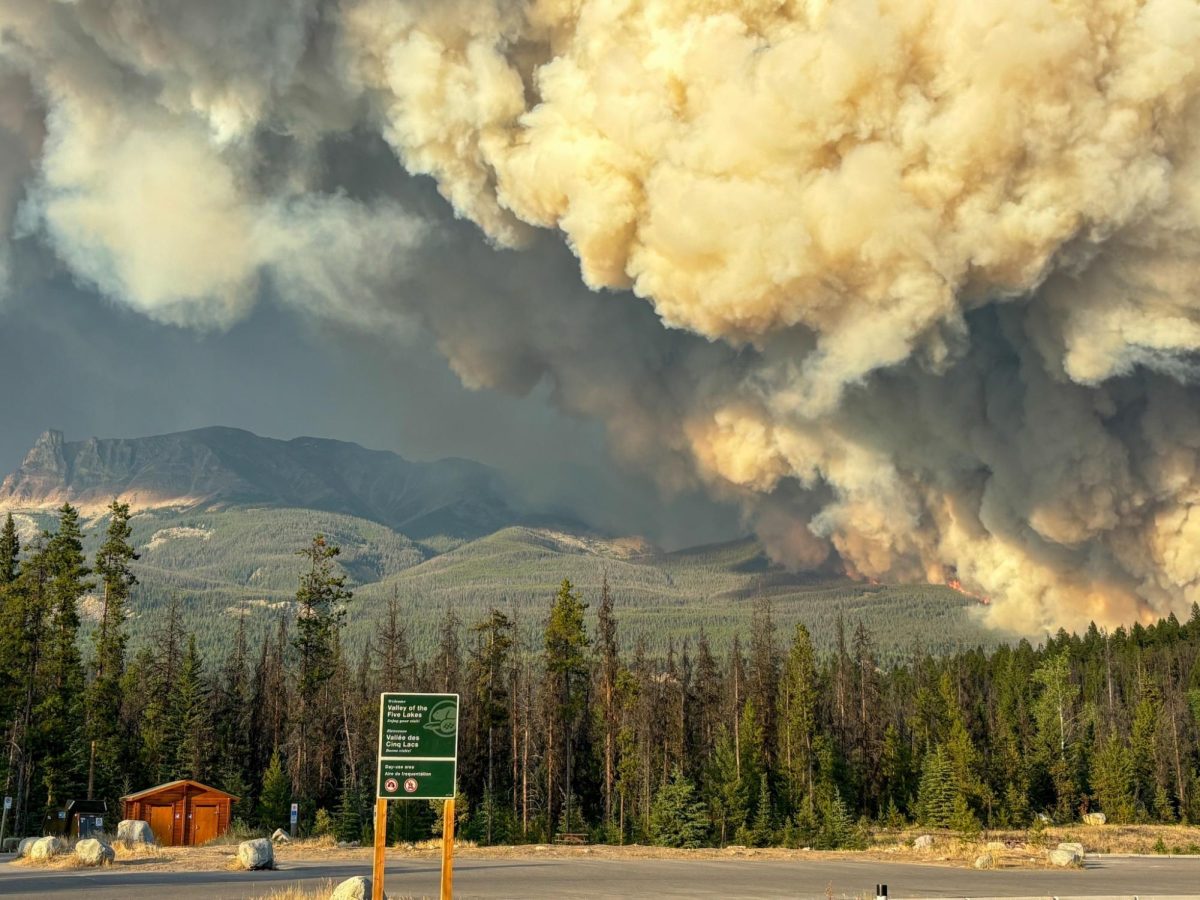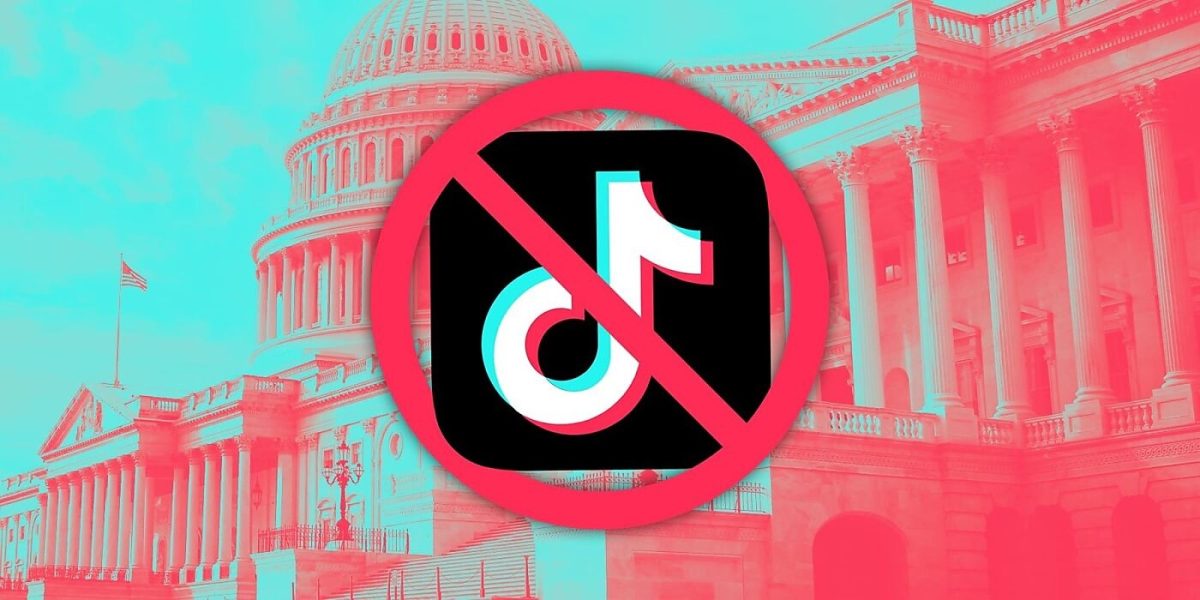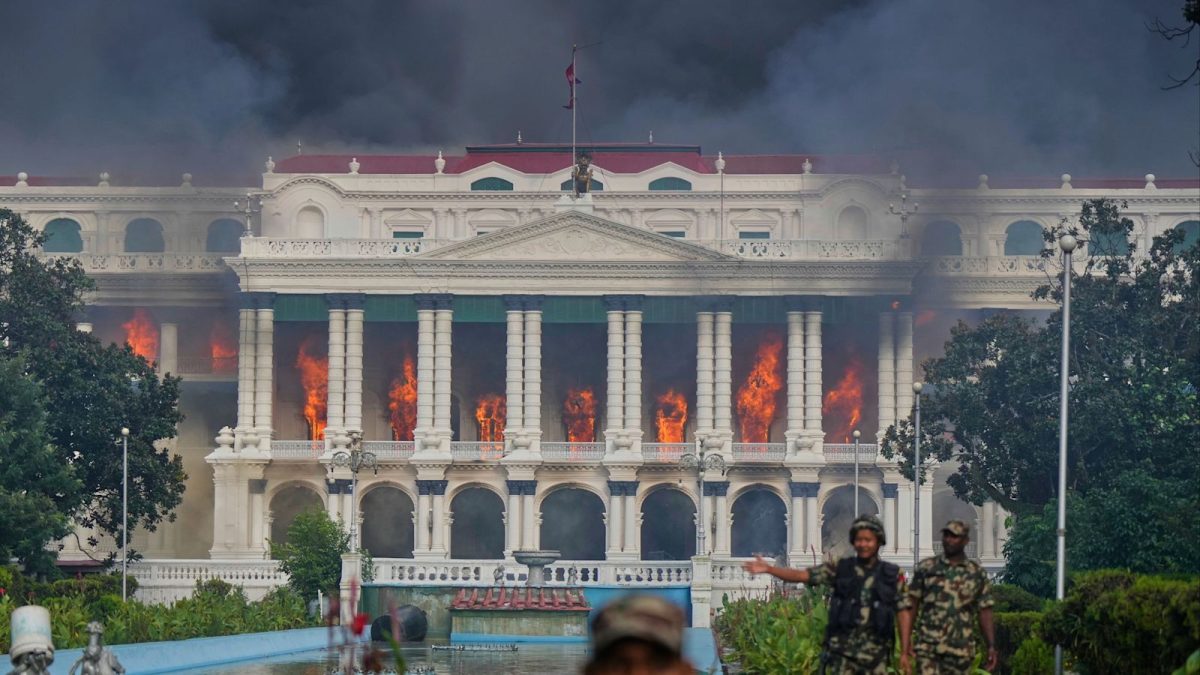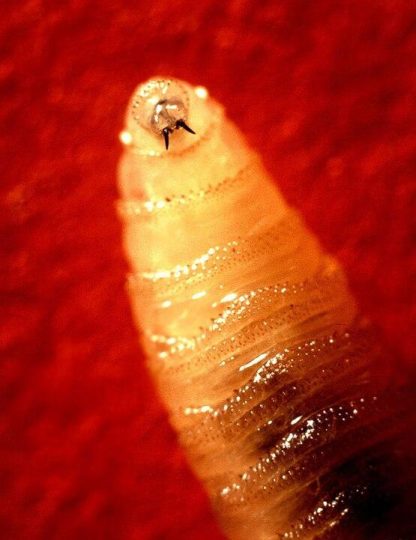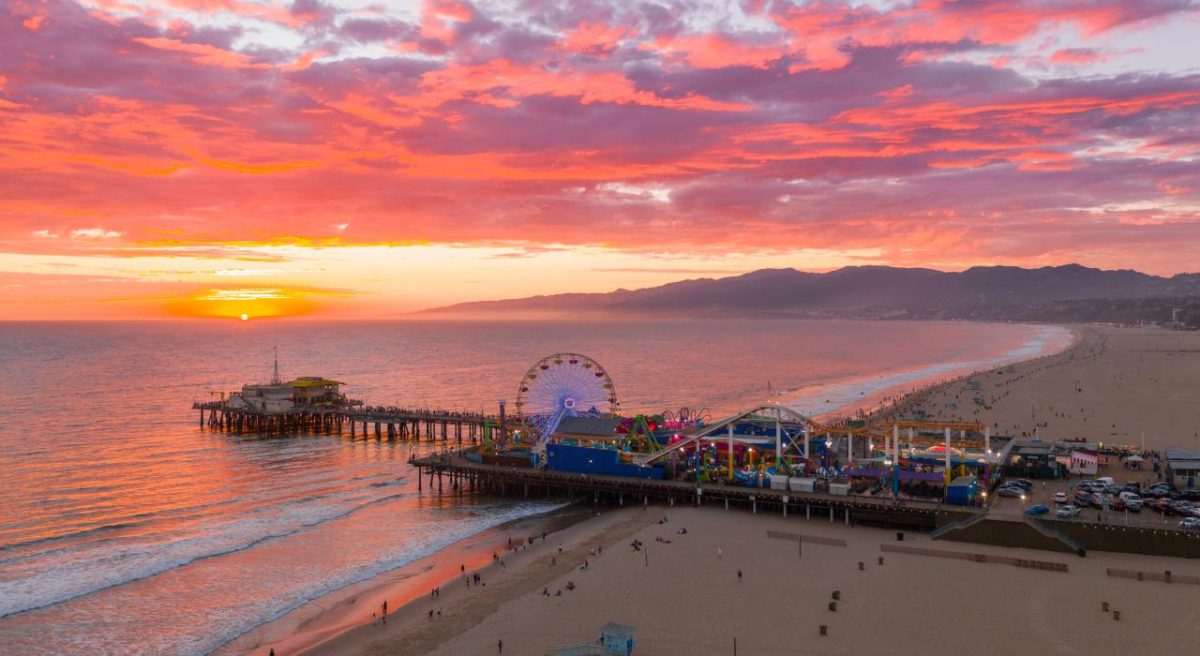The line fire, which had consumed over 21,000 acres of Southern California, is now only 3% contained. The fire, which ate through dry vegetation, injured three firefighters, and forced evacuation orders for over 6,000 people in San Bernardino County. It is one of the 67 largest wildfires affecting over 2 million acres in the US. Climate change has disrupted the traditional slowdown of major wildfires.
The line fire and others are fueled by a whiplash between extremely wet and hot conditions. “It’s arguably the worst climate sequence for the wildfire in Southern California,” said Daniel Swain, A climate change scientist at the University of California, Los Angeles, who warns that the recent coastal heat wave has led to rapid dying of vegetation, causing fires to intensify due to the lack of available fuel, affecting fire behavior. Dr. Swain suggests that climate change could necessitate a new term to describe the phenomenon of extreme rain and heat, which could worsen fire conditions due to the increasing likelihood of back-to-back seasons.

A heat wave hit the West Coast, with seven Southern California communities experiencing record heat. According to Copernicus, a European Union agency track and climate change, the temperatures marked the end of the hottest summer on record. The world is also on track for the hottest year on record. Climate change has accelerated nighttime warnings, causing fires to burn more often overnight, making it harder to contain wildfires. This phenomenon, which occurred across the country this month, results from the reduction in the amount of water flapping in the air, which typically lowers temperatures and increases relative humidity, thus limiting fire spread.
Wildfires can generate their weather, such as pyrocumulonimbus clouds, which can create hail, wind, lightning, and tornadoes, making it difficult to contain them, according to the Interagency Fire Center. “It can be this whole apocalyptic scene, which makes it more hazardous,” said David Peterson, a meteorologist at the United States Naval Research Laboratory in Monterey, Calif. Five pyrocumulonimbus clouds, or pyroCb, formed acres of Oregon, Wyoming, Idaho, and California, causing the Line fire to rain on itself, growing 40,000 feet tall. Data from 2013 indicates that as extreme wildfires increased, so did pyroCbs. Between Canada and the western United States, 82 cloud formations have occurred this year, with at least ten occurring in the US over the past two weeks, according to Dr. Peterson.

Wildfires increase smoke levels, with extreme fire spreading smoke further afield. Canada’s record wildfires blanketed North America with Hayes as far as Florida. Smoke particles lodge in the lungs and bloodstream streams, potentially affecting organs and causing cancers, heart attacks, pregnancy complications, and mental health issues. Studies have linked smoke exposure to various health issues.
“Fire season is lengthening and expanding,” Dr. Swain predicts a “second season” of wildfires in the western United States, following our search and extreme wildfires in July, which led to the park fire, California’s fourth largest to date, and may continue in October.
To reduce wildfire risk, better maintenance of flammable matter, controlled by “prescribed” burns, And limiting greenhouse gas emissions are essential. Prescribed burns involve intentionally burning brush and grasses to minimize feeling more enormous wildfires. Climate change is primarily caused by common monoxide emissions from fossil fuel burning.“We know those are primary contributors to heat-trapping emissions supercharging the dryness of the ecosystems that are part of these fires,” said Carly Phillips, a research scientist with the Union of Concerned Scientists.

